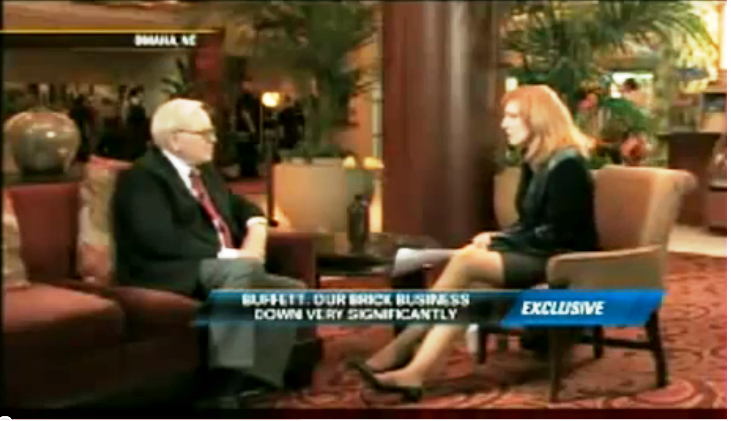
FIXED ASSETS refers to the long term and tangible property that a business owns and/or uses in producing its income and which is not expected to be converted into cash or consumed within a period of less than one year. The fixed assets are also referred to as equipment, plant, property, or non-current assets.
Good examples of fixed assets include:
- Furniture
- Equipment
- Land
- Computers
- Machinery
- Fixtures and Fittings
- Motor Vehicles
- Real Estate
- Office Equipment
- Buildings
In general, the long term assets that are not tangible such as patents and trademarks are not termed as fixed assets. Instead, they are referred to as the fixed intangible assets.
In accounting, the term “fixed assets” is used to describe the property and assets that are not easily convertible in to cash. It is the opposite of the liquid assets such as bank accounts and cash. In most cases, only those assets that are tangible are referred to as ‘fixed’.
In addition to the foregoing, the non-current or fixed asset may also be defined as that asset which is not sold directly to the end-user of firm’s consumers. For example, the current assets of a firm that is involved in the baking business would be the inventory (such as yeast and flour), the value of those sales that are owed to the business form in form of credit (such as accounts payable or debtors), the cash in the bank, etc.
The non-current assets of the baking firm would be things such as the oven that the firm uses to bake the bread, the vehicles that are used in the transportation of the baked bread, the cash registers where cash payments are recorded, etc. Note that the non-current assets that have been mentioned (oven, vehicles and cash register) are not sold directly to the customers of the company.
The fixed assets are those items of value that the firm has purchased and will use for a long period of time. These assets receive tax treatment that is highly favorable which is referred to as the depreciation allowance over short-term assets.
According to the IAS 16 (IAS is an abbreviation for International Accounting Standard), fixed assets are those assets whose the future economic benefit is likely to flow into that entity whose cost can reliably be measured.
It is important to note that the cost of the fixed assets is taken as its purchase price, including the import duty charges and the other deductible rebates and trade discounts. The cost of the fixed asset may also include the cost of transporting and installing it in the required location. It may also include the cost of dismantling and removing the item from the business premises at that time when they no longer need it on that location.
Variable assets, on the other hand, refer to equipment, inventory and accounts receivable. The accounts receivable refers to those current assets that report the amount of money that the customers owe the business for the services or goods that have been provided on credit terms.






















